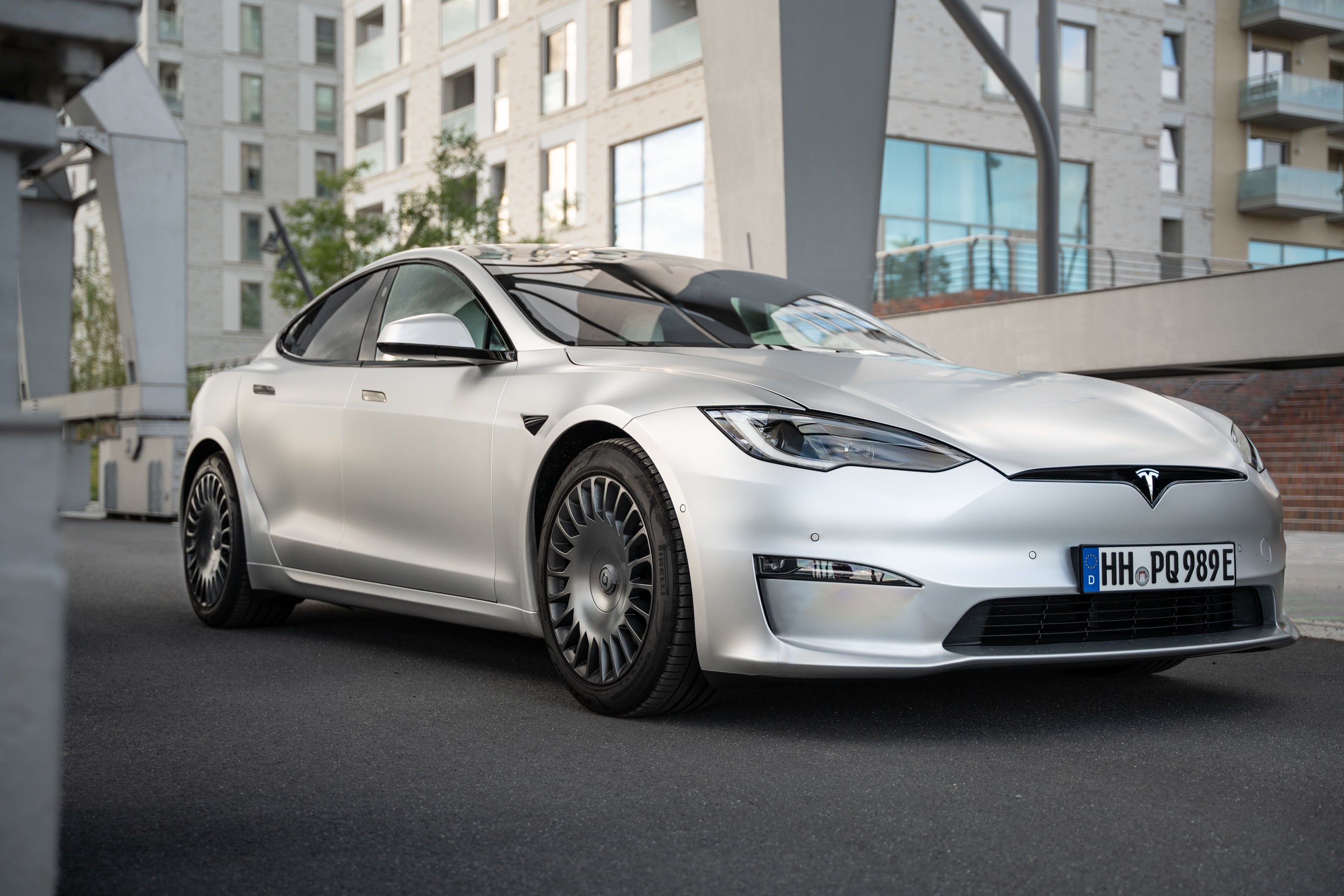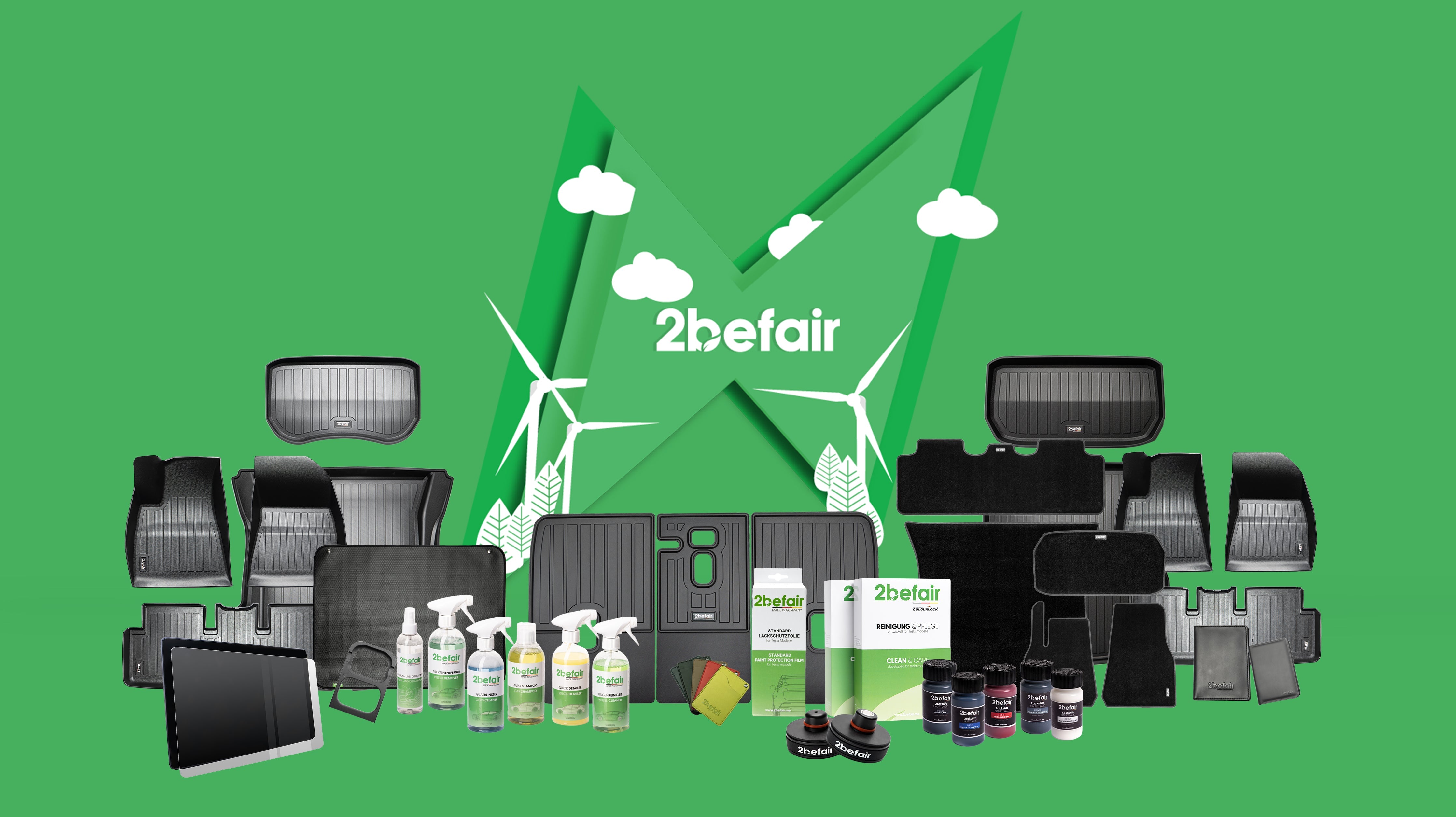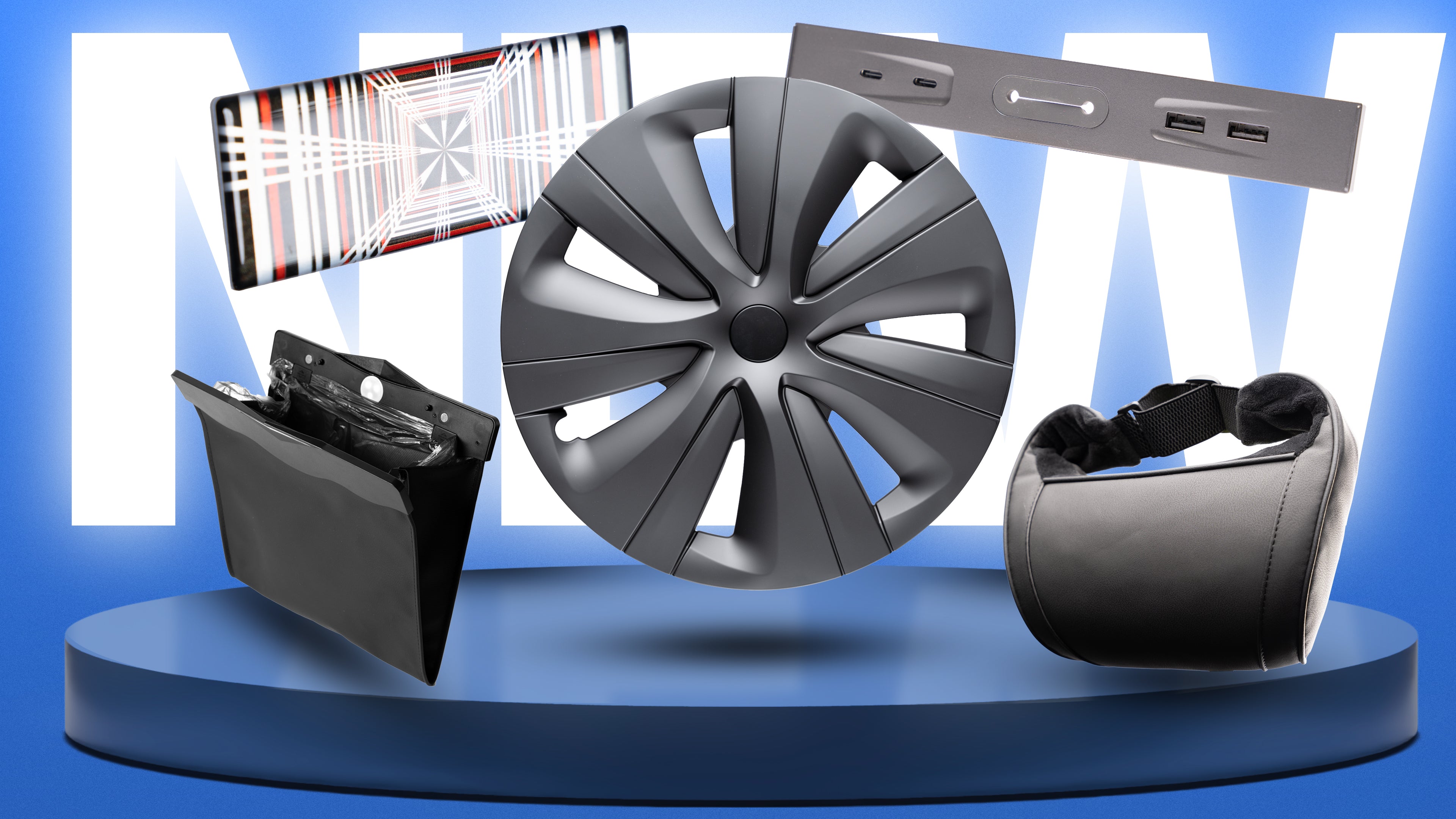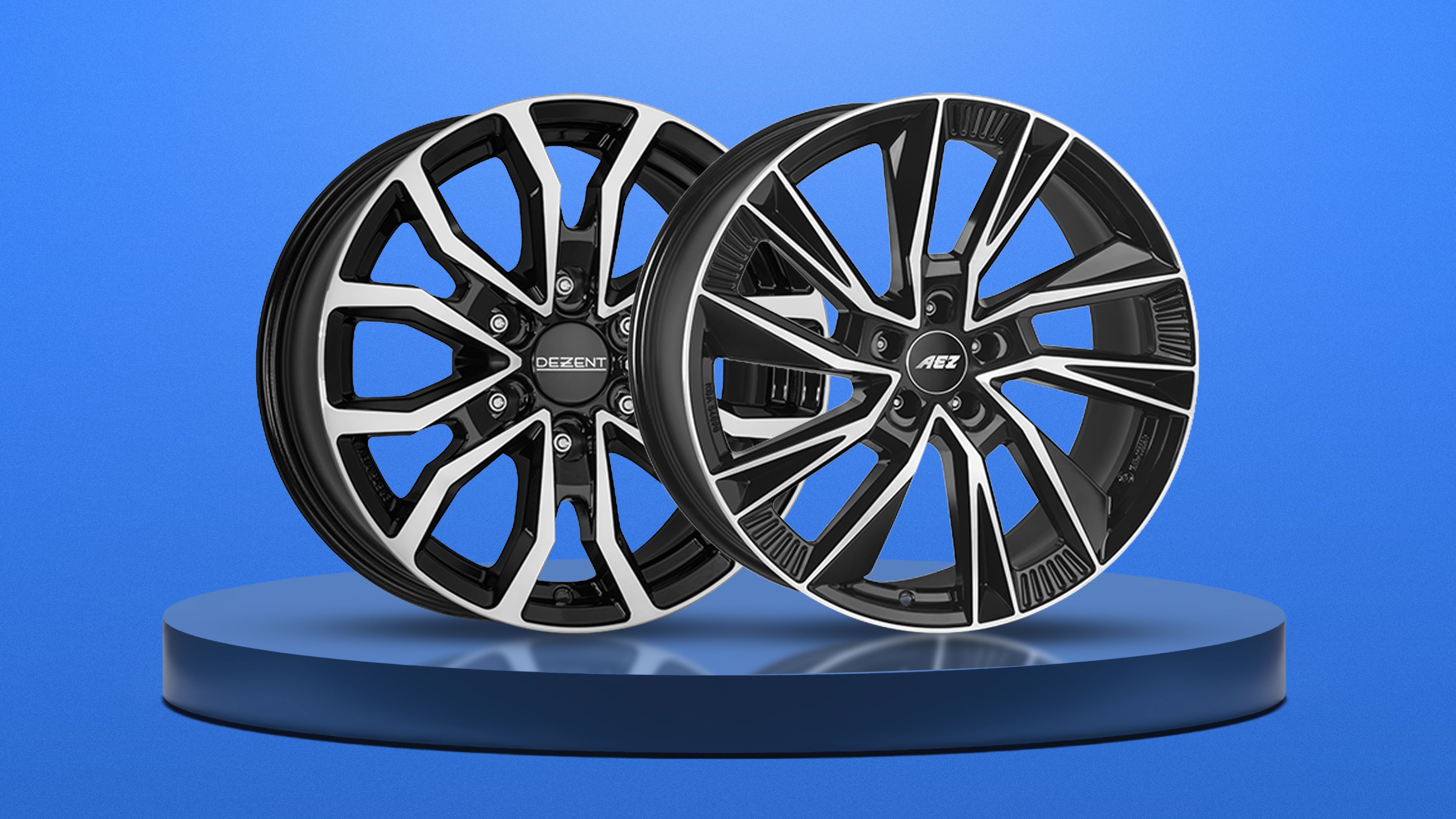How safe is Tesla's Robotaxi driving in fog, rain & co.?
The US traffic authority NHTSA wants to know exactly and is asking Tesla detailed questions before the planned, purely US-based launch of the paid Robotaxi service in Austin – from fleet size to emergency protocols.
What the NHTSA wants to know from Tesla
1. Scope of the pilot project
-
Number of Model Y vehicles deployed
-
Schedule and deployment area within Austin
2. Technology stack & sensors
-
What hardware does Full Self-Driving (FSD) use?
-
How do cameras and radar ensure safe driving in glare, fog, heavy rain, or snow?
3. Real-time monitoring
-
Does the fleet drive completely autonomously or does Tesla monitor each ride remotely?
-
Is a human safety driver deployed if necessary?
4. Safety protocols in case of loss of visibility
-
Automatic stopping, alternative routes, or trip cancellation?
-
Communication with passengers in case of emergency
5. Compliance with automation standards
-
Proof of how Tesla's system complies with current US standards for highly automated driving
Background: Why the authority is inquiring
Several accidents involving Teslas in poor visibility have triggered an ongoing NHTSA investigation. Therefore, the authority now requires reliable data in advance before the robotaxis are allowed to transport passengers.
Significance for German readers
-
Purely informative: The Robotaxi service will initially start only in Austin, Texas.
-
Regulatory Signal: Authorities in Europe are also likely to demand similarly strict evidence if Tesla wants to offer autonomous driving services in this country in the future.
-
Timeline: Tesla must answer the NHTSA questions by June; only then will it become clear whether the Austin launch will proceed as planned.
Outlook
The NHTSA responses are an important hurdle on the way to widespread robotaxi deployment. In 2026, the Cybercab is also expected to go into series production without a steering wheel and pedals – made possible by a new US regulation that allows exceptions from traditional vehicle standards. Whether and when similar rules will apply in the EU remains to be seen.





































